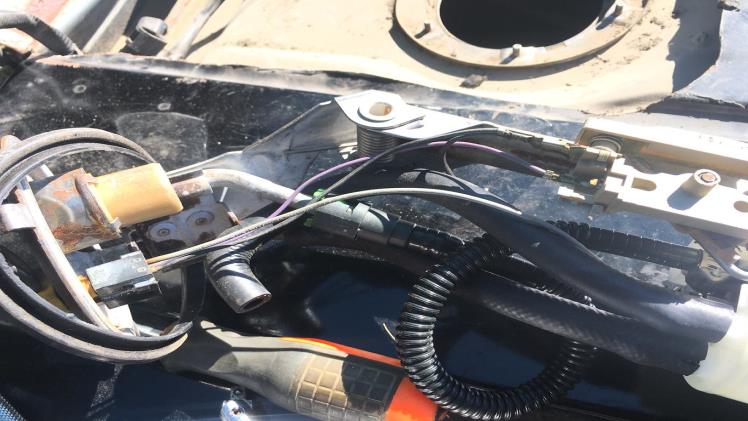There are three main designs for petrol pumps that might be installed in your vehicle. Since they each have their unique characteristics, understanding how they interact is essential. For instance, if you’re in the market for a new car fuel pump, you should know whether or not it supplies fuel to a carburettor or a fuel injection system. See here for a deeper dive into the different types and what they can mean for your life. A cam and tappet mechanism positioned at the device’s base propels the plunger. The barrel and plunger move back and forth against one another. Each engine has as many plungers as there are cylinders. A square, vertical groove runs the whole length of the plunger.
The delivery valve is released from its seat with the gas pressing down on the spring. The delivery valve is what allows gasoline to reach the injector. After filtering, gasoline is poured into the barrel through a low-pressure pump when the plunger reaches its lowest point of travel and the supply port and spill are exposed.
The Differences, And Some Commonalities
Two types of pumps may help boost the pressure of the fuel: an axial flow pump, which uses a combination of rotating and stationary aerodynamic blades, and a centrifugal pump, which pushes fluid out from the pump’s centre at high speed. A centrifugal turbopump is much more potent than an axial turbo pump, which can only handle low-density fluids for a moderate pressure increase. It can readily store high-density fuels but takes up much space.
Fuel Pump, Mechanical
Their principal purpose is to transfer gasoline from the storage tank to the fuel bowl of a spark-ignition engine, and they are often used in low-pressure applications. However, they are sometimes present in high-pressure settings. Mechanical gasoline pumps may be classified as either diaphragm or plunger.
Powering A Car With A Diaphragm-Style Fuel Pump
As a positive displacement pump that draws in gasoline by expansion and compression of a diaphragm, the diaphragm-type fuel pump is an integral component of many modern vehicles. The pump’s body consists of one-way valves that control the flow entering and leaving the device. As the diaphragm contracts, the pump’s internal pressure drops below atmospheric pressure, allowing fuel to be drawn in via the intake valve. When the diaphragm inflated, fuel in the pump was released via the discharge valve. The diaphragm’s expansion and contraction are regulated by a lever that is sent into motion by an eccentric cam mechanism.
Piston-Driven Gasoline Pump
Plunger fuel pumps are also positive displacement pumps; they draw in and disperse gasoline by the reciprocating action of a plunger. The cylinder houses the plunger, and the push rod connects the plunger to the camshaft on one side. The fuel pressure supplied by the mechanical pumps is stable, although regular servicing is still required due to the vast number of moving parts. Cars have moved away from using these pumps due to the advent of fuel injection systems.
Conclusion
These pumps are typically used in spark-ignition engines to inject the gas directly into the combustion chamber. These pumps produce pressures higher than 200 Pascals. It needs a complex and long-lasting car fuel pump system to withstand such pressure. Flow rails, metering, and distribution units make up the foundation of the high-pressure pump system, which works together to ensure that fuel is delivered to the combustion chamber efficiently and effectively. While some background on fuel pump types has been provided, a more in-depth examination of each type’s benefits and drawbacks is required to appreciate the available options fully.

